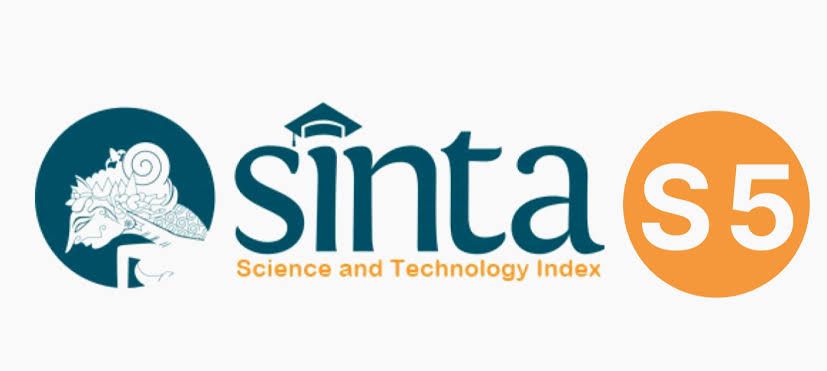Efficacy Comparison of Ventriculoperitoneal Shunt and Endoscopic Third Ventriculostomy as Treatment of Hydrocephalus in Children in Developing Countries: A Meta-Analysis
DOI:
https://doi.org/10.32734/aanhsj.v1i1.5887Keywords:
Endoscopic Third Ventriculostomy, Hydrocephalus, Ventriculoperitoneal shuntAbstract
Introduction: In Indonesia, cases of hydrocephalus in children are found in 40% to 50% of medical visits or neurosurgical operations. Endoscopic third ventriculostomy was one of choices for treat the patient but efficacy and effects still unknown. Purpose of this study is to broadly assess the outcome of treatments and review evidence that one treatment may have greater efficacy than another.
Method: Researchers develop PICO questions. Demographic information, detailed methods, interventions, and results were extracted from the selected manuscripts. Of the 122 articles identified using optimized search parameters, 52 were withdrawn for full-text review. In total, 6 articles were accepted for inclusion in the evidentiary table and 8 were excluded for various reasons.
Result: The tabulated evidence provides sufficient data to allow our evaluation of the CSF versus ETV shunt.
Conclusion: CSF shunt and endoscopic third ventriculostomy (ETV) are options in the management of hydrocephalus in children
Downloads
Downloads
Published
How to Cite
Issue
Section
License
Copyright (c) 2021 Asian Australasian Neuro and Health Science Journal (AANHS-J)

This work is licensed under a Creative Commons Attribution-NonCommercial-NoDerivatives 4.0 International License.
The Authors submitting a manuscript do understand that if the manuscript was accepted for publication, the copyright of the article shall be assigned to AANHS Journal.
The copyright encompasses exclusive rights to reproduce and deliver the article in all forms and media. The reproduction of any part of this journal, its storage in databases and its transmission by any form or media will be allowed only with a written permission from Asian Australasian Neuro and Health Science Journal (AANHSJ).
The Copyright Transfer Form can be downloaded here.
The Copyright form should be signed originally and sent to the Editorial Office in the form of original mail or scanned document.














